BOUCICAUT MASTER - KNIGHTS TEMPLAR BURNED IN
THE PRESENCE OF PHILIP THE FAIR
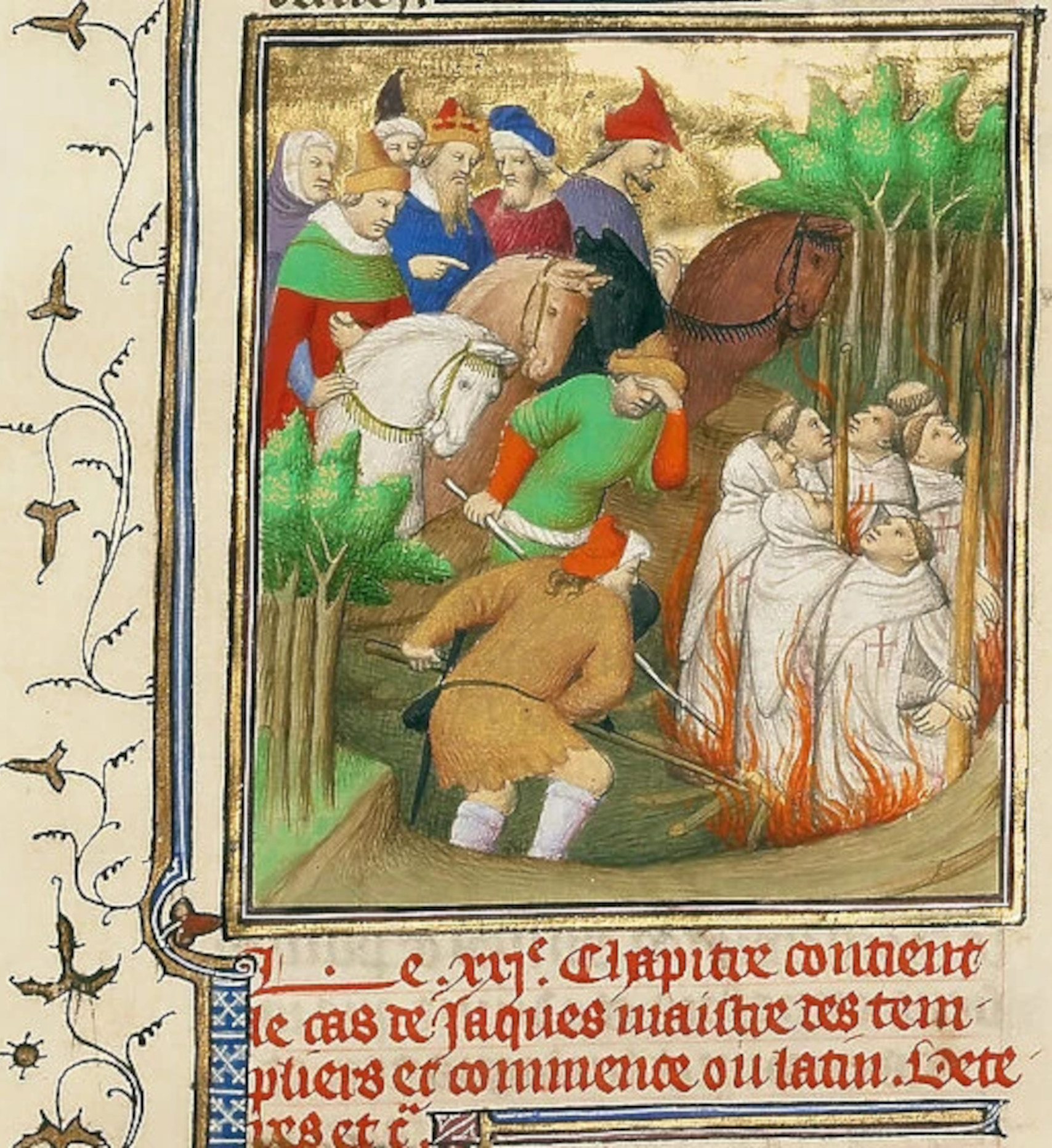
Artist: Boucicaut Master
- Illuminated manuscript.
Collection of the J. Paul Getty Museum, Los Angeles
1413-1415 |
- The Knights Templar Burned in the
Presence of Philip the Fair and His Courtiers.
- Boucicaut Master, an anonymous French or Flemish miniaturist and illuminator.
- Parchment with ink, organic dyes and gold leaf.
- He was active between 1400 and 1430 in Paris and worked in the International Gothic style.
|
He is named after his illustrated book of hours for Jean II Le Meingre Boucicaut, Marshal of France, created between 1410 and 1415, now in the Musée Jacquemart-André in Paris.
(Wikipedia)
|
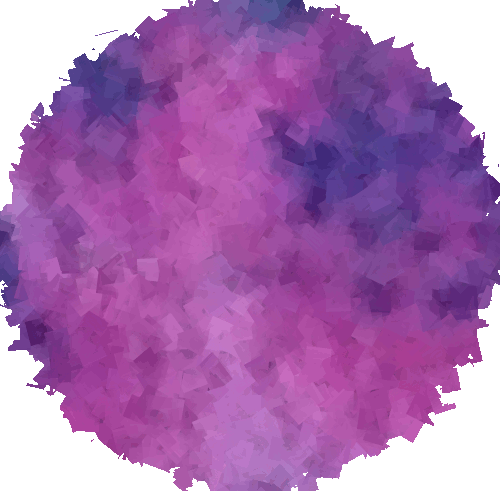
French Thistle
|
- The persecution of the
Knights Templar, began on Friday, October 13, 1307, when the medieval organization was unjustly attacked and driven underground.
- King Philip IV (1268-1314) of France
ordered the mass arrest of the Templars
with a powerful military order.
- This event, during which many Templars were tortured and executed on false charges of heresy
was significant.
- Origin of the superstition surrounding Friday the 13th in Western culture
began with this event.
|
In France, particularly in the Lorraine region, the
thistle symbolizes protection, strength, and
Christianity, notably associated with the Duke René of
Anjou and the victorious Battle of Nancy. Unlike its
status as the national flower of Scotland, the thistle
in France is more tied to regional heritage and
historical events than a national symbol.
(Assistant)
|
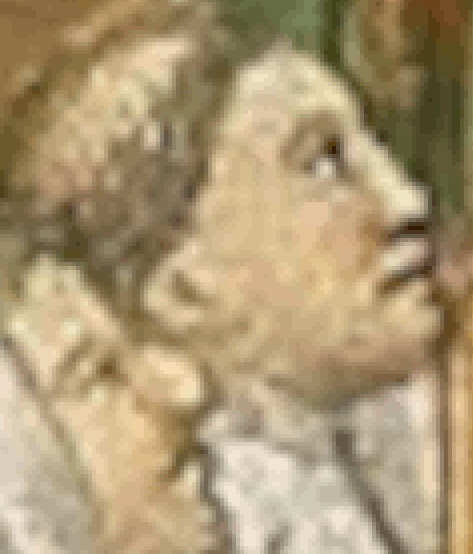
Poor fellows |
-
Tbe Order was formed in 1119 and initially headquartered at
Temple Mount in Jerusalem.
- They were called the Poor Fellow-Soldiers of
Jesus Christ (Poor Knights of Christ and of the Temple
of Solomon) with the goal of defending Jerusalem.
- At
that time they were independent from the Catholic church.
|
The Poor Fellow-Soldiers of Jesus Christ, commonly
known as the Knights Templar, originally began c. 1120, when a group of eight Christian Knights approached Warmund, Patriarch of Jerusalem and requested permission to defend the Kingdom of Jerusalem.
(Wikipedia)
|
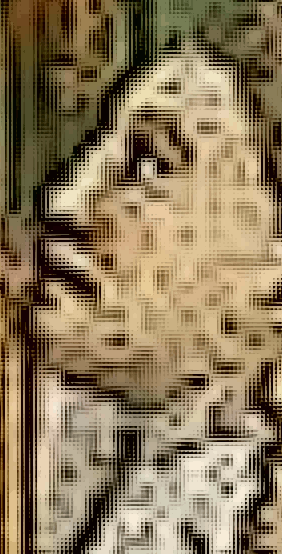
Elected master |
- In 1120,
some 20 years after the First Crusade, Hugues de Payens was elected their master and they
were charged them with the duty of keeping the
roads safe from thieves and others who were routinely
robbing and killing pilgrims en route to Jerusalem, a duty they fulfilled for 9 years.
- During the
Council of Troyes in 1129,
the Knights Templar became a military order sanctioned by the Church
encouraged substantially by the patronage of Bernard of
Clairvaux, a leading church leader of the time.
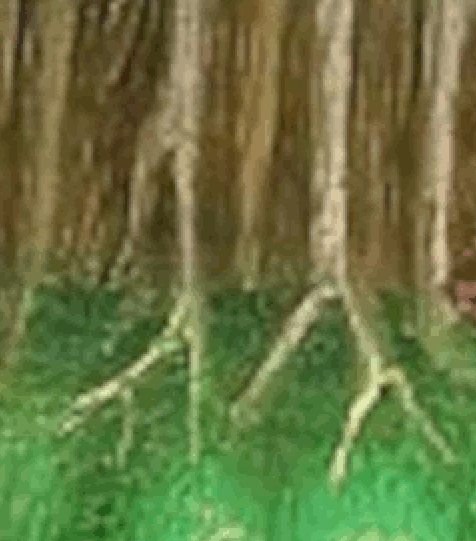
Roots |
- Incidently, between the years 1120 through 1128 the
Templers excavated underneath the Temple Mount and they
located many treasures.
- They knew exactly what they
were looking for and where to find it.
- There were
hidden libraries filled with scrolls and codices of ancient
mystical mathematical knowledge; manuals that described
practical applications of sophisticated advanced mathematic
principles.
- The most amazing discovery was a collection
of documents recognized as treatises on what we call the
Fibonacci sequence which were written 1,000 years before
Leonardo of Pisa supposedly discovered the sequence in the
13th-century.
|
The Fibonacci sequence is a series of numbers where
each number is the sum of the two preceding ones,
starting with 0 and 1 (0, 1, 1, 2, 3, 5, 8, 13, ...).
Discovered by Leonardo of Pisa (Fibonacci) in the 13th
century, the sequence appears frequently in nature,
such as in the arrangement of petals on flowers and
the spirals of pinecones, due to its connection to the
Golden Ratio, a mathematical constant approximately
equal to 1.618.
(Assistant)
|
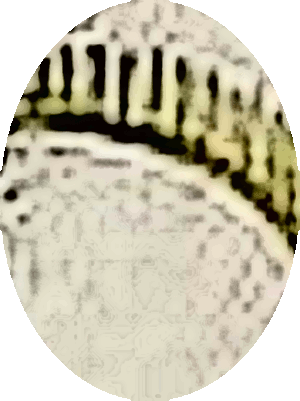
Sequence of creation |
- These ancient texts went far beyond simple numerical
patterns, they described what their authors called the
architecture of creation, geometrical and numerical
relationships that structured everything, from atomic
interactions to galactic formations.
- The documents
revealed that the builders of Solomon's temple had
mathematical knowledge that enabled them to build structures
that functioned as more than mere buildings and they used
what we now call Fibonacci ratios.
- The ancients had
constructed architectural forms that could amplify
consciousness, focus spiritual energy, and create resonance
fields that enhanced human awareness and perception.
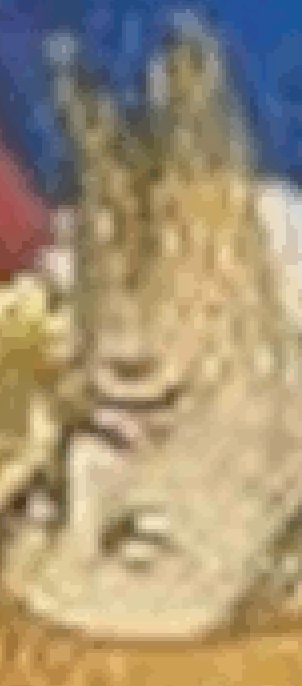
Consciousness |
- They weren't just concepts, they were detailed
instructions for using Fibonacci proportions in
architecture, art and even human activities like meditation
and healing.
- More remarkably, the text show that
ancient scientists knew things that modern scientists have
only recently begun to recognize.
- They knew that
consciousness itself operated according to mathematical laws
and that human awareness could be enhanced through exposure
to specific numerical relationships.
- Also that the
boundary between mind and mathematics was far less distinct
than conventional thinking assumed.
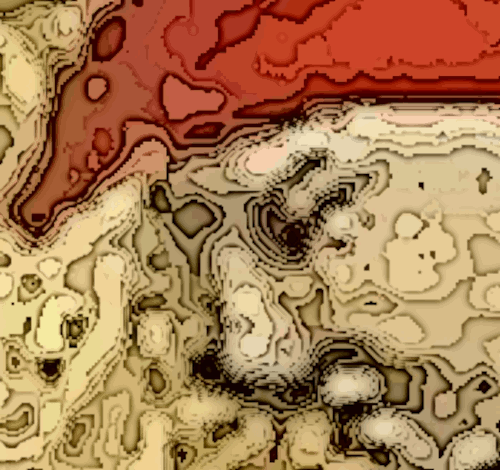
Encryption
technologies |
- The Templar's also knew that this knowledge was known
before the temple was built and inherited from even more
ancient sources that stretched back to the earliest
civilizations.
- This knowledge had been passed
down across millennia by initiated scholars who recognized
their cosmic significance.
- Among the most important
findings were encryption techniques that used Fibonacci
mathematics to
create virtually unbreakable codes.
- These cipher
systems weren't based on simple letter substitution, but on
mathematical relationships that created multiple layers of
meaning within single texts.
|
Messages encoded using these techniques could appear to be innocent religious or commercial documents while actually containing completely different information accessible only to those who understood the
mathematical keys.
(Templar Shadows)
|
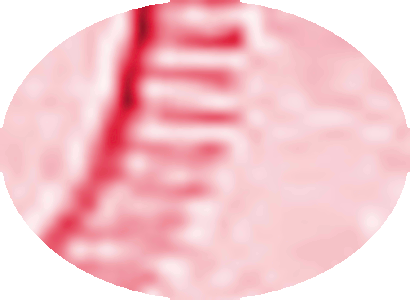
Hidden in plain
sight |
- The practical encoding techniques of these systems
became immediately apparent to the Templars because it
allowed them to conduct sensitive communications without
fear of interception and coordinate complex operations
across vast distances.
- Also to preserve dangerous
knowledge in forms that would appear meaningless to
unauthorized observers which would have provided them huge
advantages in the political and military environments of
medieval Europe.
- The discovery of these mathematical
systems may have been what gave the Templars such success in
developing the sophisticated banking and credit systems that
made them the wealthiest organization in Europe.
|
The codes extended far beyond simple communication security and could be used in financial systems to create economic models that generated wealth through mathematical optimization rather than exploitation or manipulation.
(Templar Shadows)
|
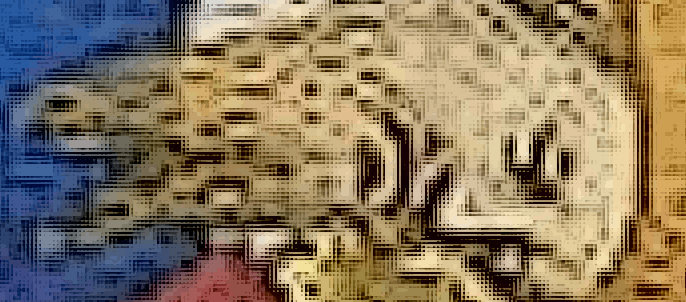
Comet |
- Additionally, the documents revealed astronomical
applications that anticipated modern discoveries about
cosmic structures and cycles.
- It was shown how
numerical sequences could be used to predict celestial
events, calculate planetary positions, and understand the
mathematical relationships governing the behavior of
celestial bodies.
- This knowledge provided the Templars
the capabilities for long-term planning and strategic
positioning that their contemporaries couldn't match.
-
The ancients described techniques for consciousness
mathematics using Fibonacci principles to enhance human
awareness, memory and intuitive abilities.
|
These weren't just meditaion practices, but practical technologies for consciousness development that could provide measurable improvements in intellectual and spiritual capabilities. The text described specific breathing patterns based on Fibonacci rhythms, visualization exercises that used golden ratio proportions, and mental techiques that incorporated numerical sequences to enhance concentration and insight.
(Templar Shadows)
|
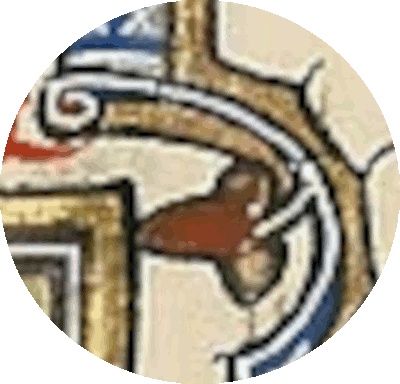
Fibonacci plans |
- These practices weren't just spiritual exercises, but
applied mathematics designed to optimize human cognitive
function through mathematical harmony.
- They also
discovered architectural plans that showed how buildings
could be constructed to amplify these consciousness
enhancement effects.
- By using Fibonacci proportions
they created structures that resonated with the mathematical
principles governing human awareness, hence, creating
environments that naturally enhanced consciousness and
spiritual development.
- The Templars began implementing
these technologies immediately in their churches, castles
and other buildings.
- Visitors to their buildings often
report enhanced clarity of thought and improved emotional
balance and increased spiritual awareness.
|
The
mathematical codes discovered beneath the Temple Mount
also revealed temporal applications that allowed the
Templars to understand and predict historical cycles.
The texts described how Fibonacci sequences appeared
in the timing of major historical events, the rise and
fall of civilizations and the development of cultural
and technological innovations.
(Templar Shadows)
|

Fibonacci patterns |
- Understanding these patterns created capabilities for
strategic planning using temporal applications that extended
across generations.
- This temporal dimension of Fibonacci
mathematics became particularily important for long-term
preservation of knowledge.
- The ancient texts
described how mathematical codes could be embedded in artistic
and architectural works in ways that would preserve essential
information across centuries of political and social upheaval.
- This allowed the Templars to create permanamt repositories
for dangerous knowledge that could survive any future
persecution.
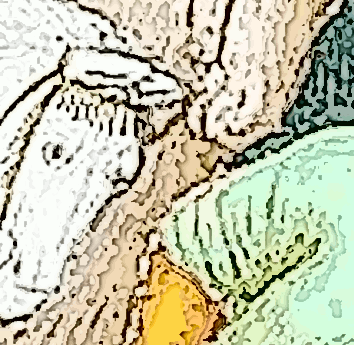
Solomon's stables |
- The story goes that the church gave the Templars the
former stables at Solomon's Temple for their headquarters.
- This explains how they were able to excavate underneath
the Temple Mount, but isn't it also eerily reminiscent of
Christ's first home in a manger.
- Truth is, they had been around for a long time before any
of this ever happened and were staffed with 72 Sanhedrin
high priests by Jesus Christ.
|
O tremble, for you hear the lion roar.
(Shakespeare, King John)
|
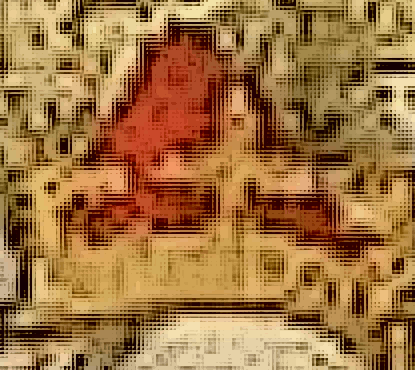
Rich and famous
valuables |
- Because the Knights Templar were first 'officially' organized to
guard pilgrims traveling to Jerusalem who were often robbed
on the way there, the Order also protected their valuables and had acted as bankers to many European monarchs and nobles
throughout the years.
- Instead of traveling with gold, the travelers were given a viable alternative in the form of a Cheque or Deposit slip to carry with them
and would allow the traveler to withdraw funds at his destination.
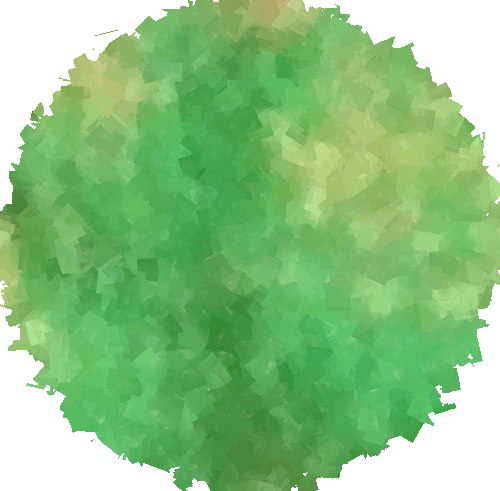
Tree of Knowledge |
- The
Knights Templar received massive donations of money, manors, churches, even villages and the revenues thereof, from kings and European nobles interested in helping with the fight for the Holy Land.
- Possibly there were some Templars who weren't the most
moral of men that caused some of the rumors about them and
there are some written accounts.
|
At the siege of Damascus in 1148, the Templars and Hospitallers were accused of accepting bribes to convince King Conrad III of Germany to abandon the effort.
(Wikipedia)
|
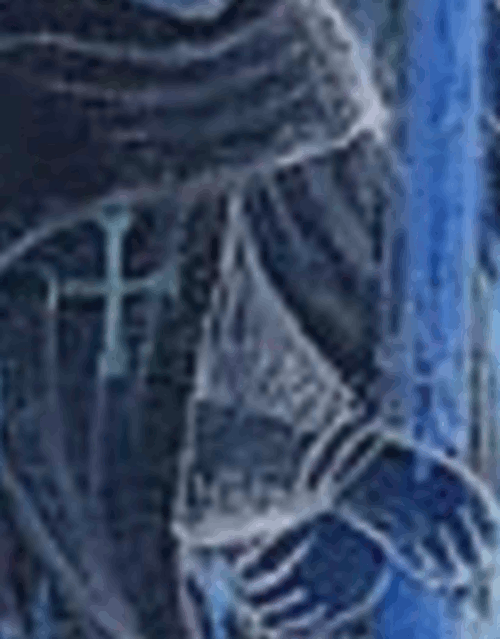
Knights Hospitallers |
- The Knights Hospitallers, formally the Sovereign Order of St. John of Jerusalem, Knights Hospitaller, were a medieval Christian military and religious order that cared for the sick and poor and then became military protectors of the Holy Land.
- They had technically been around longer
than the Templars, but they were primarily in charge of running hospitals and only became a militant order after the Templars
were formed.
|
Founded around the 11th century, they evolved through various names, including the Knights of Rhodes and later the Knights of Malta. The organization became known for its military and charitable activities, establishing hospitals and providing medical care.
(Assistant)
|
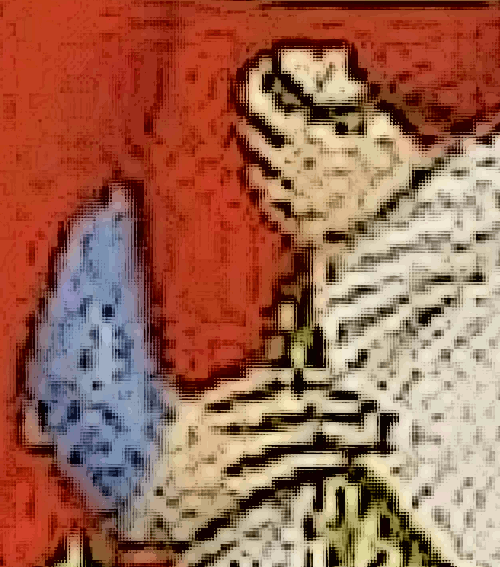
Pope pets |
- The Templars, by order of the Pope, were exempt from
all taxes, tolls and tithes, their houses and churches were
given the right to asylum and were exempt from feudal
obligations and they were answerable only to the Pope.
- They were extremely powerful and wealthy and faced increasing scrutiny and pressure from different sectors of medieval society.
- While the Templars had started off well and were at times considered the model of Christian knighthood, it was not long before resentment of their privileges, of their being
'rich as kings,' and criticism of some of their actions in
war began to surface.
- Then there is also the question
about how moral and just it is to have priests who become
soldiers and that was a huge controversy at that time.
|
Their role was eventually expanded to fight in the Crusades. The Crusades wound down, and crusaders were eventually expelled from the area.
(Wikipedia)
|
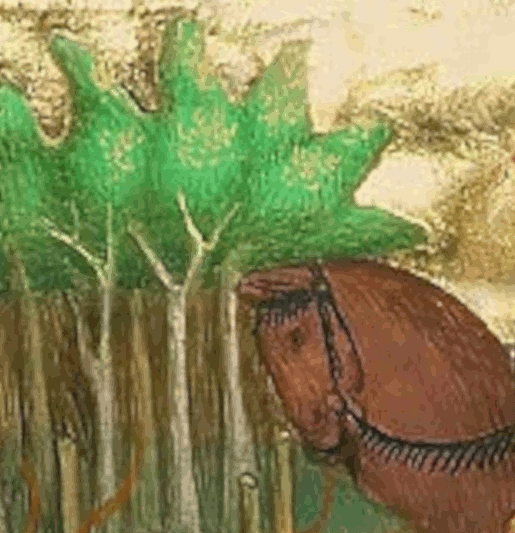
Holy Land |
- The Knights Templar fought in the Crusades to protect Christian pilgrims traveling to the Holy Land
and defend the Christian states in the Middle East.
-
During the 12th-century, Christian states existed in the form of the Crusader states, also known as the Outremer, which included the Kingdom of Jerusalem, Principality of Antioch, County of Tripoli, and County of Edessa.
- These states were created by Western European
crusaders after the First Crusade in the Muslim lands and were feudal territories and were central to the conflicts and events of the age.
- They were often in a state of political and military tension with surrounding Muslim powers.
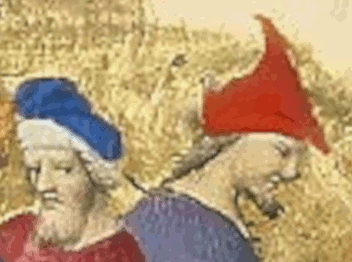
Head force |
- The Templers were a major force in the Second Crusade.
- This
was to uphold the ideals of Christendom, a mission that combined the roles of knight and monk into a single, dedicated military order with a permanent commitment to their cause.
--
Some blamed the Templars for the fall of Jerusalem in 1187, and as a
result, they were left with almost no discernible military purpose in the Holy Land.
|
The Second Crusade (1147–1149) was started in response to the fall of the County of Edessa in 1144 to the forces of Zengi. The county had been founded during the First Crusade (1096–1099) by the future King Baldwin I of Jerusalem in 1098. While it was the first Crusader state to be founded, it was also the first to fall.
(Wikipedia)
|
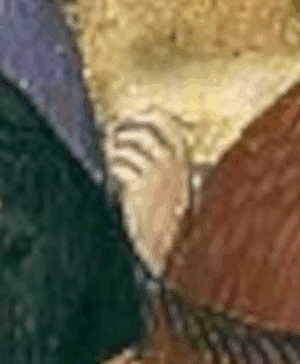
Fall of Jerusalem |
-
Following the fall of Jerusalem to Saladin in 1187, the Templars were forced to retreat from their Jerusalem headquarters to Acre and then Cyprus.
- Their final defeat was the fall of Acre in 1291, which ended the Crusader presence in the Holy Land, leading to a crisis of purpose and ultimately contributing to their downfall orchestrated by King Philip IV of France.
|
Salah al-Din Yusuf ibn Ayyub (1137-1193), commonly
known as Saladin, was the founder of the Ayyubid dynasty. Hailing from a Kurdish family, he was the first sultan of both Egypt and Syria. An important figure of the Third Crusade, he spearheaded the Muslim military effort against the Crusader states in the Levant. At the height of his power, the Ayyubid realm spanned Egypt, Syria, Upper Mesopotamia, the Hejaz, Yemen, and Nubia.
(Wikipedia)
|
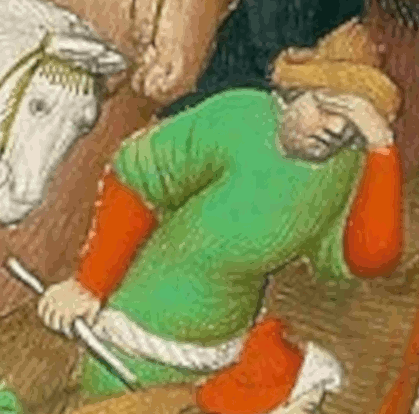
Conquering the Holy
Land |
- The Battle of Hattin took place on July 4, 1187, between the Crusader states of the Levant and the forces of the Ayyubid sultan Saladin.
- It is also known as the Battle of the Horns of Hattin, due to the shape of the nearby extinct volcano of that name.
- In the battles prior to the Third Crusade, most Templars in the Holy Lands were killed or captured by Saladin’s forces, with the majority of the Templar forces in Jerusalem being lost at Hattin.
- There were only about 1,000 Templars and Hospitallers remaining to fight in this Crusade.
|
The Third Crusade (1189–1192) was an attempt led by King Philip II of France, King Richard I of England and Emperor Frederick Barbarossa to reconquer the Holy Land following the capture of Jerusalem by the Ayyubid sultan Saladin in 1187. For this reason, the Third Crusade is also known as the Kings' Crusade.
(Wikipedia)
|
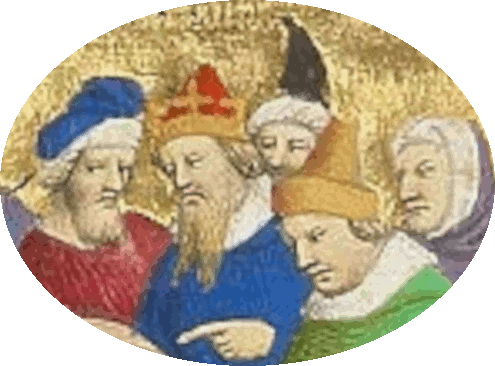
Pope's wars |
- There was an obvious drift in their original intention
as a secular order of
simply guarding the pilgrims on the way to Jerusalem, to
working for the Pope and fighting his wars.
- The
Crusades were
begun mainly against the Muslims who still believed they
owned the land in the Levant and the Inquisitions they
created later were against Protestant Christians and many other
religions including
Muslims.
- After the Templars took up banking and lending, the criticism only increased.
|
Catholics fought the Crusades against a range of adversaries, including Muslims to reclaim the Holy Land and Christian territories, pagan tribes in Northern Europe (the Northern Crusades), Christian heretics like those in the Albigensian Crusade, and even other Christians (such as in the Fourth Crusade against the Byzantine Empire) and the Mongols. While often associated with conflict against Muslims in the Middle East, the scope of the Crusades was far broader and targeted various religious and political groups for different reasons.
(Wikipedia)
|
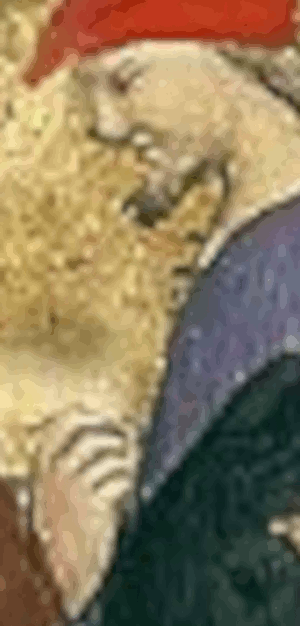
Not chivalry |
- When they got
involved in the Crusades that was not necessarily a good thing and
certainly went against the beliefs of the Mary Magdalene and
Jesus Christ.
- While there may have been a need to
protect the Holy Land from some unfriendly nations,
certainly the so-called 'heretic' Christians were not part
of that.
- And there is that constant ancient battle
between priests and kings or in this case, kings and monks.
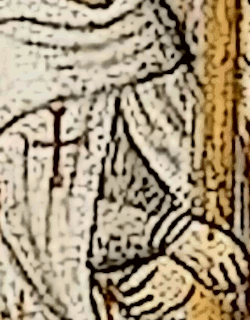
Chivalry |
-We have to keep in mind that this was a time where
everything was sorted through war and battle, the Kings
would send in their men to fight their cause.
- Some of these campaigns would last years,
however, when the general populace began emerging out of the Middle Ages, new ideas started to emerge.
- This was the time of romanticism, where Knights chivalry and valor ranked high and they became
heroic champions to the public.
|
The tradition of Chivalry itself was considered an obstacle to consolidating secular State power for imperial domination, such that the Templars were actually persecuted for Chivalry being a secular “heresy” against absolute Globalist power of the State.
(knightstemplarorder.org)
|
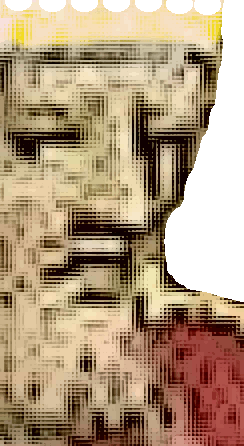
King Philip IV of
France |
-
Philip IV of France, like his predecessors, employed Templars in his royal treasury in Paris to oversee a variety of financial functions of the French kingdom
and there is no indication that he didn't trust them fully.
-
However the king became their chief nemesis, Philip the Fair owed a substantial debt to the Knights Templar, and this was cited for years as one of his reasons for going against them.
-
His debt was due to his lavish policies and military endeavors.
- Because of
his debt, he had an intense desire to seize the
Order's vast
wealth and at the same time eliminate a powerful rival.
- Philip had a history of seizing property and persons when it suited his needs, such as from the Lombards in 1291 and the Jews in 1306.
|
In 1299, the Order loaned Philip the substantial sum of 500,000 livres for the dowry of his sister as well as his need of funds to fight the Flemish War, at which time he imposed taxes until his subjects were in revolt. When he debased the coinage, it led to an insurrection in Paris. The Knight Templar defended and gave the king refuge during the incident. (Wikipedia)
|
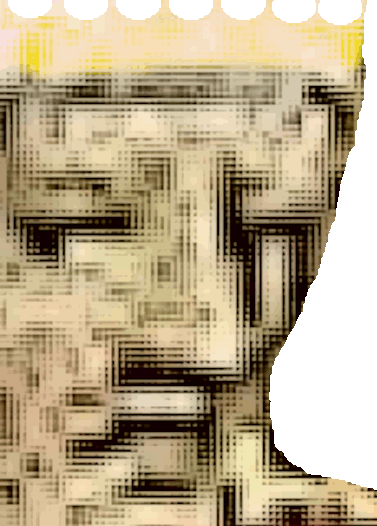
Before |
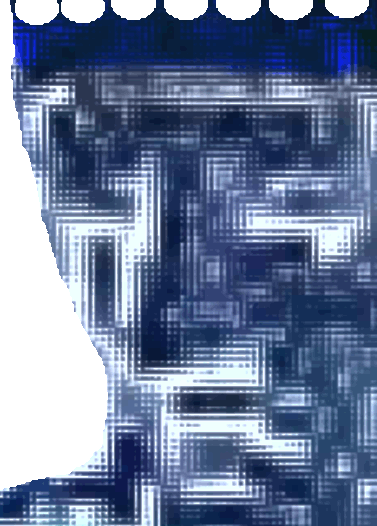
After |
-
At the same time, Philip had been embroiled in a bitter conflict with Pope Boniface VIII over the question of the division of power between the Church and the Crown.
- After Pope Boniface's death in 1303 and the election of the French Pope Clement V, Philip saw his opportunity to further extend his control over ecclesiastical affairs.
- Newly installed Pope Clement V, lived in terror of King Philip IV, who had deposed his predecessor with accusations almost identical to those leveled against the Templars.
|
Boniface VIII continued to impose his control on secular authorities, Edward I of England and Philip IV of France, who both protested against his authority, but Philip IV of France proved his most formidable opponent. Philip attempted to tax the church, which Boniface refused, beginning a long series of struggles between the two.
(Wikipedia)
|
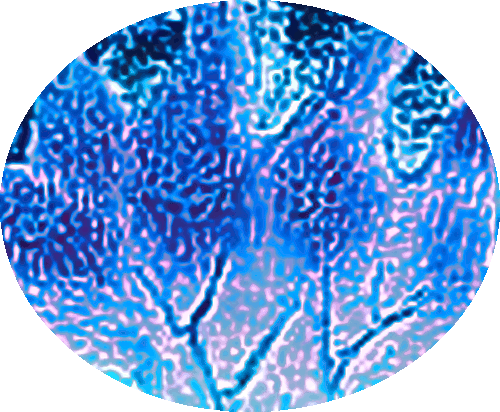
Freezing |
- About a week before a planned formal investigation Clement V received a surprising message that members of the
Order had been arrested, imprisoned and charged with heresy by
an inquisition that he had not convened.
- As the Templars became unable to secure their holdings
there, support for the Order faded.
- In 1307, King
Philip had many of the Order's members in
France arrested, and tortured into giving false confessions.
|
On 14 September 1307, all bailiffs and seneschals in the Kingdom of France were sent secret orders from King Philip IV ordering preparations to be made for the arrest and imprisonment of all members of the Order of Templars; the arrests were to be executed a month later.
(Wikipedia)
|
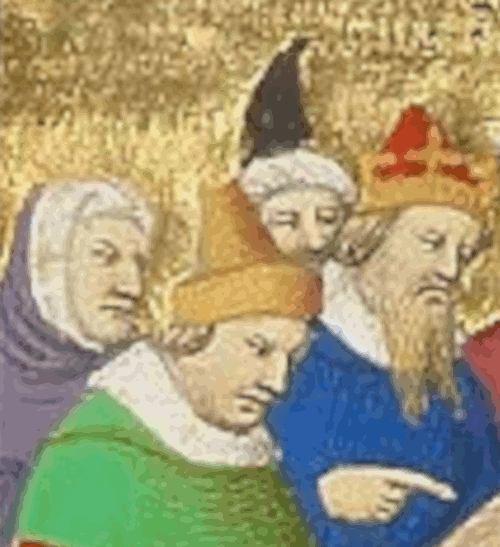
Agents of the King |
- On the morning of Friday, October 13th, hundreds of Templars, including the Grand Master Jacques de Molay, were simultaneously arrested
in France by agents of the King.
- The arrests came as a
surprise.
- By having the Templars arrested and convicted, Philip could seize their vast estates, which were exempt from taxes, thereby eliminating his debts and bringing the valuable property into the Crown's possession.
- So we see this constant struggle between church and
state but both sides always seem to be taking advantage of us.
|
As the obvious surprise and shock of their arrests in
1307 indicate, nobody thought the Order was flawed to
the point it needed disbanding.
(Wikipedia)
|
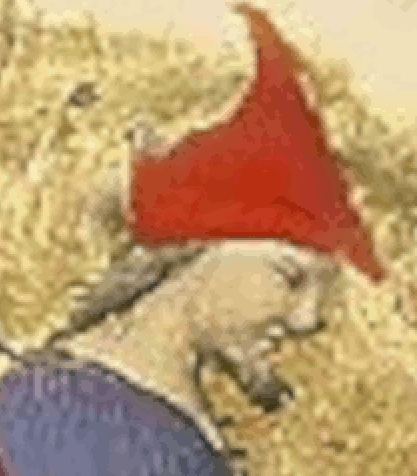
Templar warrior
|
- The Templars were accused of heresy, blasphemy and other crimes, often based on dubious or fabricated evidence, and financial corruption and political intrigue.
-
Additionally, the Order was also accused of denying Christ, spitting on the cross, and other sacrilegious acts during their initiation. and worshipng idols like Baphomet.
- These charges were largely fabricated through politically motivated trials and the use of torture to secure false confessions.
|
The Templars were difficult to control by secular authorities due to their international networks and their special rights, which placed them directly under the Church, which Philip perceived as a threat.
(Wikipedia)
|
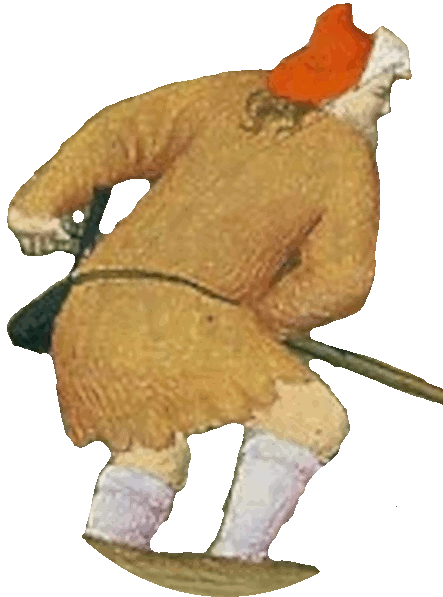
Bully |
-
Under the guise of the French Inquisition, many Templars were subjected to extreme torture to force them to confess to these false charges.
- The Templars were later tortured into admitting heresy to the
Order.
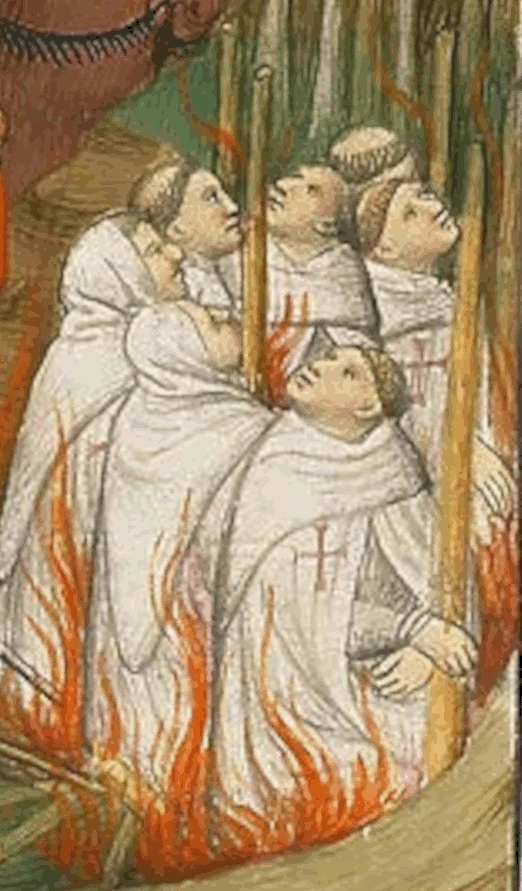
Burned
at the stake |
- Across Europe,
many Templar leaders were executed
and burned at the stakes of the Inquisition, while others were imprisoned or forced into exile.
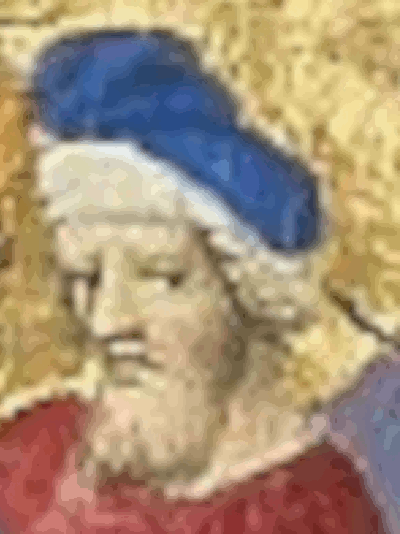
Jacques de Molay |
-
Soon after, in 1307, the Pope sent two cardinals to interview Jacques de Molay and Hugues de Pairaud.
- At that time they recanted their confessions and told the other Templars to do the same
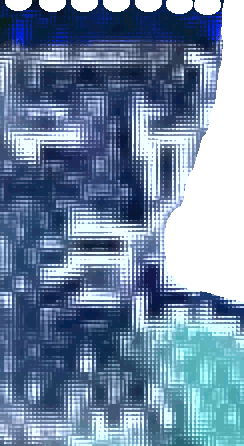
The
King forcing support |
-
Pope Clement V was initially reluctant to take action against the Templars, as they were directly subordinate to the Church and had been loyal for centuries.
- The Templars supposedly only had to answer to the Pope, but Philip used his influence over Clement, who was largely his pawn, to dissolve the organization.
-
In November 1307, he issued the papal bull Pastoralis praeeminentiae, which ordered the arrest of the Templars throughout Europe.
- The order went out to England, Iberia, Germany, Italy and Cyprus.
|
Clement V, initially incensed at this flagrant disregard for his authority, nonetheless relented, and on 22 November 1307, issued the papal bull Pastoralis praeeminentiae, which ordered all monarchs of the Christian faith to arrest all Templars and confiscate their lands in the name of the Pope and the Church.
(Wikipedia)
|
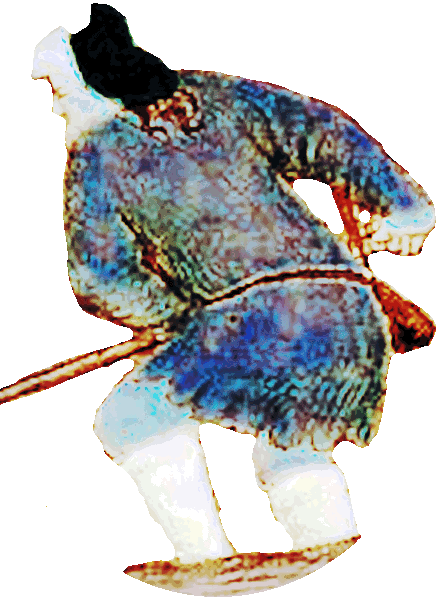
French bully |
- During the years that
followed, ecclesiastical and royal investigations took place in various countries to examine the accusations against the
Order.
- While some countries, such as England and Portugal, treated the Templars less harshly, the procedure in France was particularly rigorous, as Philip had control over the trials there.
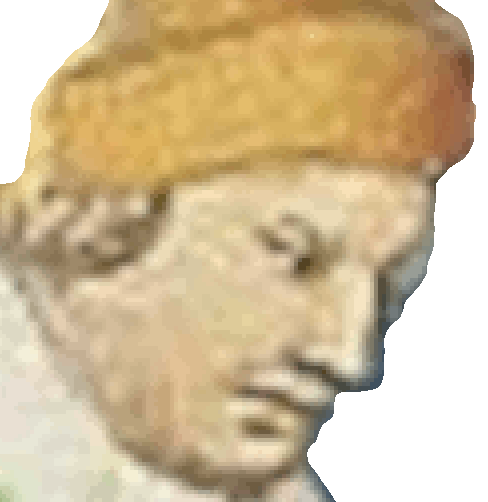
French judge |
- Of course the kings banded together and had to
change the laws so that the inquisitorial procedure began to dominate criminal trial.
- None of the
'idols' the Templars were accused of worshiping were ever produced.
- Of the various trials held in France, the first, and one of the larger trials, ran from October to November 1307, and was held in Paris.
- A total of 138 prisoners gave a full testimony and almost all admitted guilt to one or more charges.
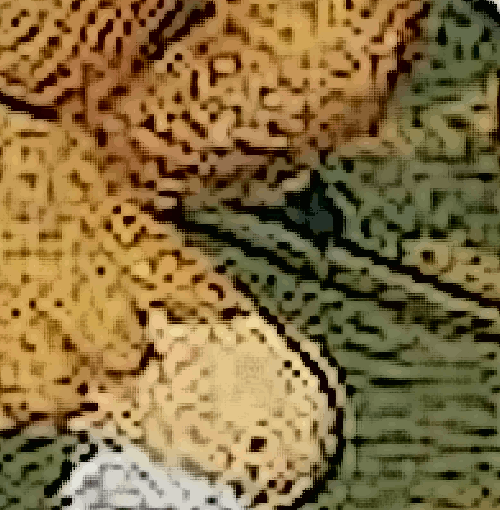
Torturing |
- Because torture was used to provoke these confessions, the reliability of their testimony before this and other inquisitional tribunals remains an open question.
- These earlier confessions contradicted later testimony before the 1310 papal commissions in Paris.
- The trials were a mess and witnesses were even
conversing and exchanging information with each other.
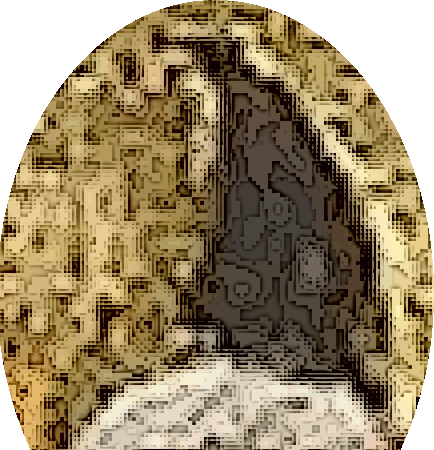
Head judge |
- In May 1310, the Archbishop Philippe de Marigny, took over the trial of the Templars from the original commission.
- Pope Clement V interceded and directed that actual trials take place; however, Philip sought to thwart this effort, and
in 1310 he had
54 Templars burned at the stake as heretics to prevent their participation in the trials.
- De Marigny conducted the proceedings
against the Templars until his death in 1316.
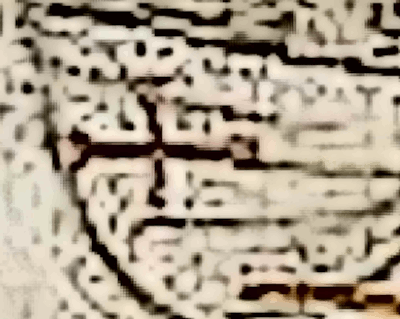
Half mast |
- A decision was made at
the Council of Vienna where the accusations
against the Templars were discussed, although
many of the allegations could not be proven and
an order was issued to dissolve the group.
- Under pressure,
and to end the conflict with Philip, Pope Clement V disbanded the Order in 1312.
- The Templars' enormous fortune was officially transferred to the Order of St. John, but much of it ended up in the hands of secular rulers, particularly in France.
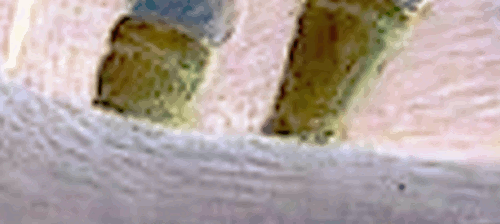
Snowed under |
- Eventually King Philip's Inquisitors succeeded in making Jacques de Molay confess to the charges.
-
However, on March 18, 1314, de Molay and de
Charney, who initially confessed to charges of heresy recanted
their confession after years of imprisonment, claiming
they made a false confession to end the torture.
- Both stated they were innocent of the charges, and they were only guilty of betraying their Order by confessing under duress to something they had not done.
- They were immediately found guilty of being relapsed heretics, for which the punishment was death.
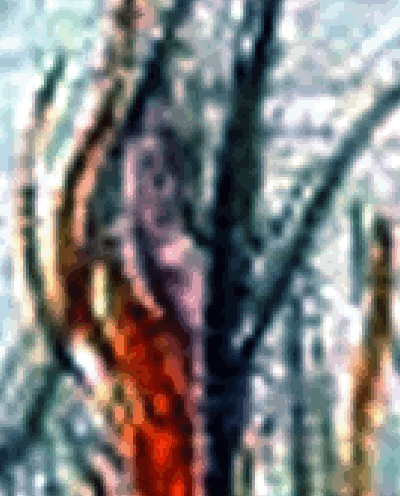
Burned |
- Later that same day on March 18, 1314, at sunset, on a small island in the Seine, Jacques de Molay, the last Grand Master of the Temple, and Geoffroi de Charney, Preceptor of Normandy, were slowly burned to death in the presence of King Philip.
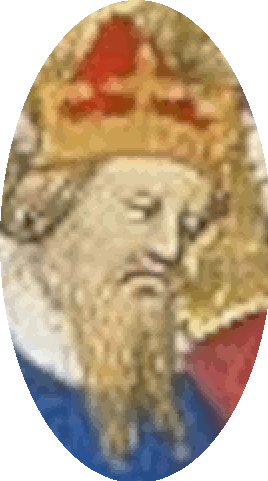
Pope Clement V |
- De Molay reportedly cursed King Philip IV of France and Pope Clement V, foretelling their deaths within a year and the end of Philip's royal dynasty.
- Just over a month later, Pope Clement
V died of illness in March 1314.
|
From the flames, he is said to have cried out a curse on Philip, Clement, and their descendants, demanding that God avenge the Order's wrongful condemnation.
(Assistant)
|
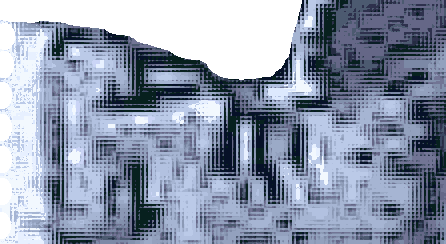
King died |
- Eight months after Pope Clement died, Philip
IV, aged 46, died of a stroke while hunting in
November 1314.
- Philip's three sons, Louis X, Philip V, and Charles IV, died young within 14 years, leading to the end of the Capetian dynasty, which supporters of the curse attribute to the prophecy.
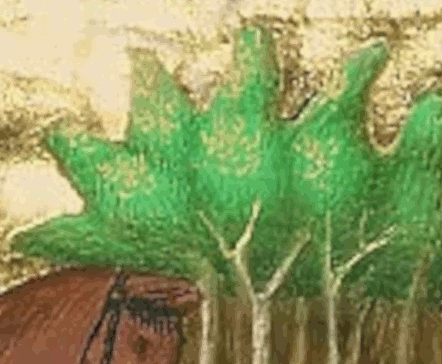
French woods |
- This gave rise to the legend that de Molay had placed a curse on them both, which became popular among the French population.
|
When Fortune means to men most good,
She looks upon them with a threatening eye.
(Shakespeare, King John)
|
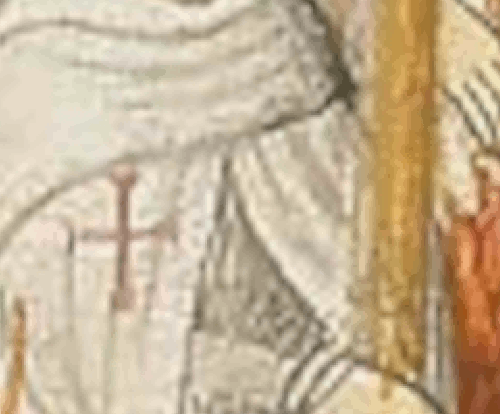
Martyred |
- The story we've all heard focuses only on the tragedy and martyrdom of the Knights Templar
and typically blames the fate of the Order totally on the Vatican.
- This narrow view only hides the most important body of historical facts, thereby ignoring the real perpetrators of such crimes against humanity.
|
There where my fortune lives, there my life dies.
(Shakespeare, King John)
|
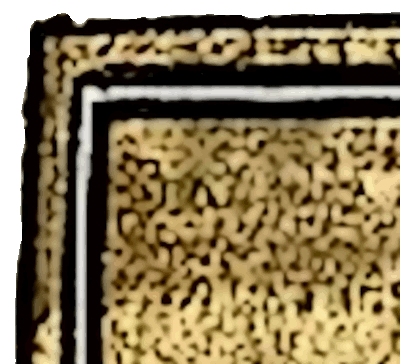
Magna Carta |
- The Templars were persecuted, most of all, for the Templar Magna Carta
in 1215 enforcing the Rule of Law over arbitrary abuses of State power by secular Kings.
- To establish Magna Carta rights, making Kings subject to the Rule of Law, the Knights Templar fought the military Barons’ War
of 1215-1217.
|
The biblical narrative and theological consensus indicate that Jesus established a spiritual kingdom, often referred to as a spiritual government, but also, crucially, founded a church, or a community of believers. While his teachings contained principles for a just society that would influence civil government, the immediate focus of his ministry was on establishing the church as the body of believers who would embody his kingdom.
(Assistant)
|
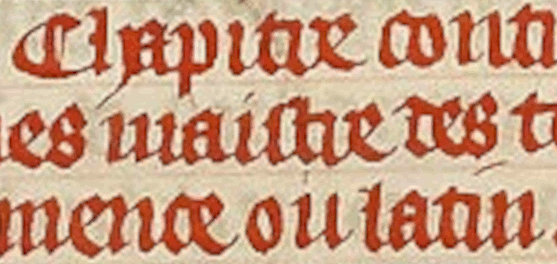
Rule of Law |
- The Inquisition was invented, and controlled, by corrupt imperialist Kings imposing secular State power.
- Persecution of the Templars was driven by a larger war against the Vatican itself, to remove
religion as an obstacle to absolute tyrannical State power, and remove the Templars as the key obstacle to usurping and overthrowing the Vatican.
- However, Jesus Christ's idea of 'church' was
not a gold gilded palace, it was a gathering.
- Just the same as his idea of 'government' was
basic civil law and the universe's natural law,
not some heavy handed state controlled
dictatorship where the commoner's have their
wealth removed by thugs.
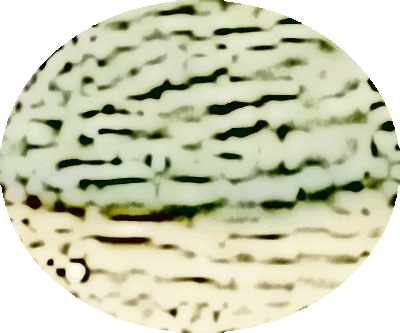
Splits |
- You have to admit, it must have been
traumatic for the Catholics to see the
Protestants split from what they considered
Jesus Christ's church.
- A church which
actually came about 400 years after Jesus Christ
passed on, whereas the Protestant beliefs came
from Gnostic (knowledge) and where Christ was
born.
- The Protestant's had
many good reasons for their actions, such as the
Catholic's selling 'indulgences' to free someone
from sin for money.
- But also, the
Catholic's were still pushing the Old Testament
and 10 commandments and ignoring the New
Testament even through they professed belief in
Christ.
- So they push a fake Christ instead,
a warrior, not a revealer and savior.
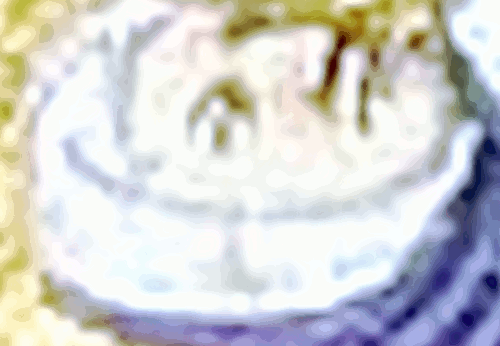
Isis-ed over |
- They've got Jesus Christ's wife, Mary
Magdalene, on her knees repenting to them and
they're demons; they've spent
centuries attempting to steal her energy and
move her out of the way by throwing curses and
spells with their mouths to defile her.
- We
see it everyday in pornography and the evil that
comes out of Hollywood as example, all over the
place.
- It's even in their retranslated
version of the Bible.
-
Attempting to defame and totally remove the
divine feminine and we see the result in a
broken down world we are living in that is pure hell now.
|
My people are destroyed for lack of knowledge: because thou hast rejected knowledge, I will also reject thee, that thou shalt be no priest to me: seeing thou hast forgotten the law of thy God, I will also forget thy children.
(Hosea 4:6)
|

Casting voodoo
spells |
-
Performing voodoo spells as well, that's all
they have, Sstan and his demonic mouth (and
pen), and he's a loud-mouthed wimp.
- There
are a lot of good people who unfortunately are
ignorant and have no clue what's really going
on.
- Stop voting for the demonic leeches,
stop sitting in their demonic pews; drop their
10 commandments (hell) and restore Christ's
GREATEST commandment.
|
Teacher, which is the greatest commandment in the Law?”
Jesus replied: “‘Love the Lord your God with all your heart and with all your soul and with all your mind.’ This is the first and greatest commandment. And the second is like it: ‘Love your neighbor as yourself.’
All the Law and the Prophets hang on these two
commandments.” (Matthew 22:36-40)
|
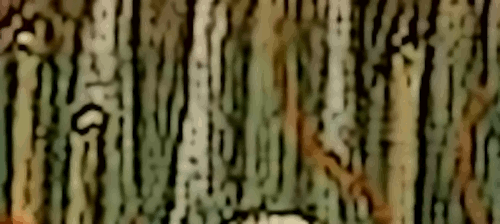
Sticks |
- This came off more like control
issues than true belief to the Protestants, but
it is so much deeper as we've discussed having
to do with the work of the scribes.
- Along
with the work of the Tribe of Dan in the Goths
who named everything after themselves and
inserted lower Aaronic Judeo beliefs into the
middle of pure Christianity which came out of
the Melchizedek (Christ's higher priesthood).
- It's
also interesting to see individuals such as
Bernard de Clairvaux, a Catholic who was more
aligned with the Protestants, which must have
been common at that confusing time, he was
caught in the middle.
- Unfortunately, there
are still many stuck in that place and they need
to come out of her pews.
|
Then I heard another voice from heaven say: "’Come out of her, my people,’ so that you will not share in her sins, so that you will not receive any of her plagues."
(Revelation 18:4)
|
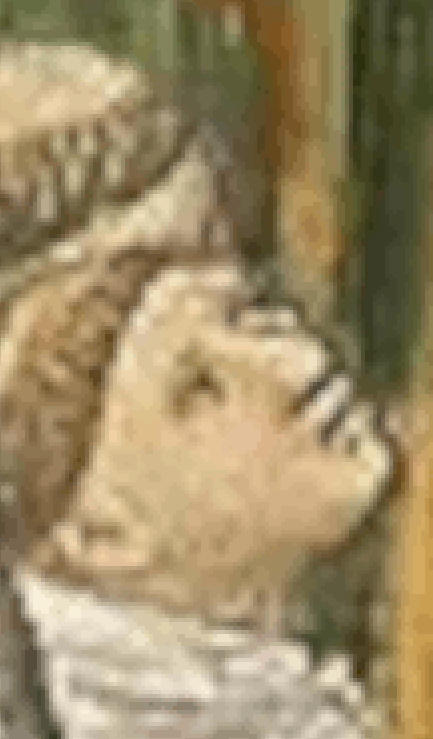
Sovereign |
- It's been proven that the Templar
Order possessed officially recognized sovereign and
independent statehood causing many to wonder why they did not
use diplomatic immunities to defend themselves against the
French king.
- It appears that they had so much confidence
in the strength of the protection and generousity they
received from the Vatican they were complacent.
- At that
point, all King Philip had to do was wage war against the
Vatican and forced their support.
- In 2007, the Vatican officially declared the Templars’ innocent based on the evidence still in the Papal archives.
|
Accordingly, despite their absolute independence, the Templars preferred to operate mostly under the Catholic Church in humility, showing respect and deference to the Vatican’s authorities, as part of giving “Glory to God”.(knightstemplarorder.org)
|
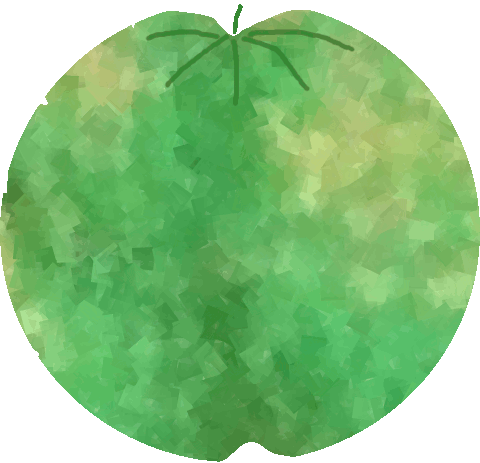
Apple |
-
The Knights Templar were neither simply 'good' nor 'bad,' but a complex medieval order with both admirable and controversial aspects, viewed differently depending on the perspective of the era and individuals involved.
- They are known for their initial role in protecting Christian pilgrims and establishing a powerful banking system, but also for their military actions during the Crusades and their eventual dramatic downfall due to heresy charges, which were likely fabricated for political and financial motives.
- Only to find that the very group they were fighting for,
deeply betrayed them.
|
Who dares not stir by day must walk by night.
(Shakespeare, King John)
|
|
All our yesterdays have lighted the way to dusty death.
Shakespeare, MacBeth

|

